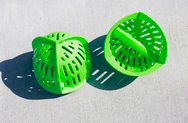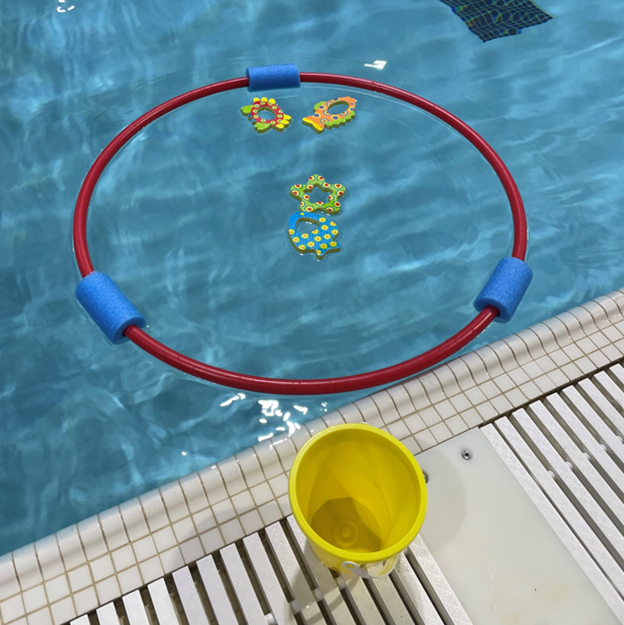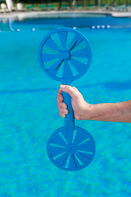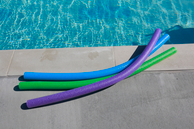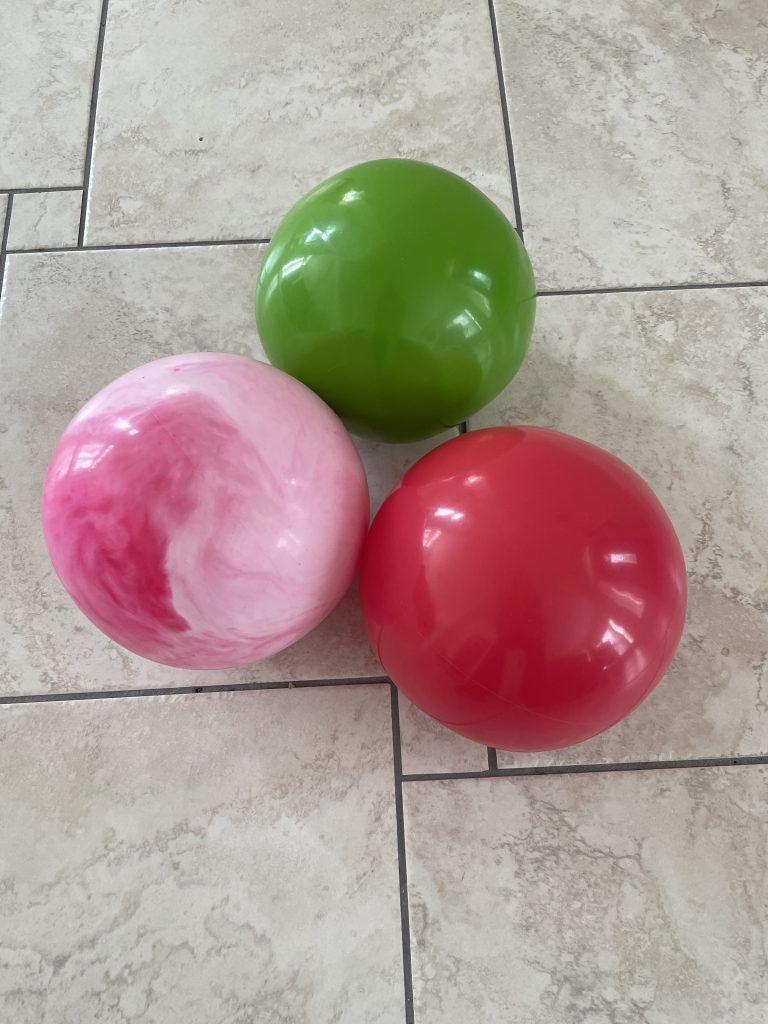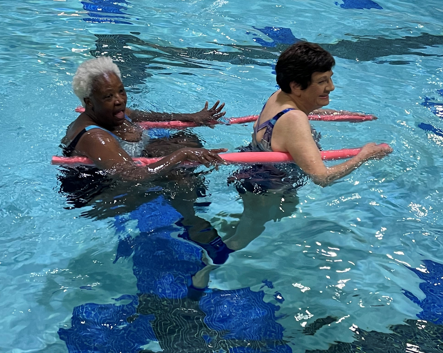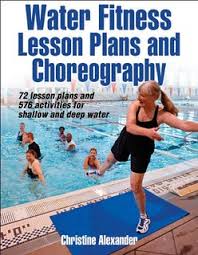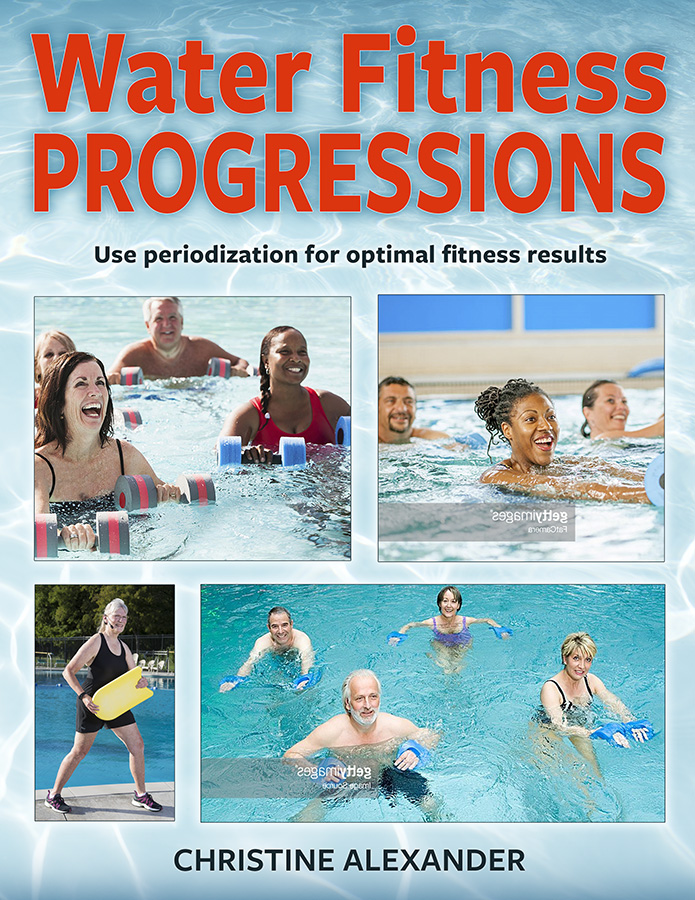
Guest Blogger Kimberly N. Bryant, Depressed.biz
If you’re like most people, you don’t wake up thinking, Today, I’m going to overhaul my life. You just want to feel a little better — to move through your day with more energy, more joy, and maybe a little less mindless scrolling. The truth is, well-being isn’t a grand, impossible summit to climb. It’s the collection of small choices you make over and over. When you know where to lean in, you create a life that feels a lot better without blowing up the one you already have.
Start with Morning Rituals That Belong to You
Your day starts before your feet even hit the floor. How you wake up — not just when, but how — shapes your mental landscape. If you’re reaching for your phone while half-asleep, you’re borrowing someone else’s chaos before you’ve even made your own coffee. Instead, create a morning ritual that’s yours. A few deep breaths, a journal scribble, or even five minutes of stretching can act like a seal around your peace before the world barges in.
Reinvent Your Path with Purpose
Sometimes well-being demands a bigger move — like stepping away from a career that leaves you feeling hollow. If you’re dreaming about making a change, the good news is that online degree programs make it easier than ever to earn your degree while still working full-time or caring for family. Choosing to pursue a path in healthcare can be especially meaningful, allowing you to make a lasting impact on the health of individuals and families. You can explore a range of online healthcare degree opportunities that fit your schedule and your desire to build a life that matters.
Build “Micro-Movements” into Your Routine
You don’t have to spend an hour at the gym to say you’ve moved today. Some of the healthiest, happiest people treat movement like seasoning: they sprinkle it all over their lives. A few squats while waiting for your coffee, a short walk during your lunch break, even a quick dance while brushing your teeth — these tiny bursts of movement tell your body it’s alive and celebrated. Momentum builds through micro-movements, not marathon sessions.
Understand the Power of Intentional Eating
Eating well isn’t about discipline; it’s about design. When you stock your kitchen with foods you love and that love you back, you’re choosing nourishment over negotiation. Start thinking about meals as tiny self-care packages rather than battles to be won. A handful of blueberries, a slice of good bread with real butter, a crisp apple — those small, joyful choices add up faster than you think, and they keep your energy clean and steady throughout the day.
Find Your Own Water
One of the most overlooked yet powerful ways to rejuvenate your mind and body is simple: get in the water. Water fitness isn’t just for competitive swimmers or senior center classes — it’s an energizing, full-body reset that anyone can embrace. If you’re curious but a little unsure where to start, check out the Plano Parks and Recreation online catalogue and put Water Aerobics in the search bar. Chris Alexander’s shallow water aerobics class is at 6:30 PM on Tuesdays and Thursdays at Oak Point Recreation Center. Her deep water classes are at 8:00 AM and 9:00 AM at Oak Point. The next 4-week session begins May 5. You can register now or up to 2 weeks into the session. Late registrations are pro-rated. Registrations for the summer sessions begin May 3 for Plano residents and May 5 for non-residents. Summer classes begin June 2. Chris’s 8:00 deep water class moves to 7:45 AM in June and July. There are lots of other options offered by the Plano Parks and Recreation Department. Check out Aqua Spin, Aqua Yoga, Board Water Fitness or River Aerobics. You can also buy a membership and visit Oak Point Recreation Center or the Plano Aquatic Center during open swim hours. Floating, stretching, even just walking through water can turn a heavy day into something weightless.
Curate a “Feel-Good” Library
Your brain needs fuel just like your body does, but it doesn’t always get a say in what you shove into it. One way to quietly improve your mood and outlook is to curate a library of books, music, podcasts, or even Instagram accounts that genuinely lift you up. Instead of defaulting to whatever algorithm is shouting loudest, build your own private stash of inspiration. Five minutes with a poem you love can heal a part of you that no productivity hack ever could.
Create Spaces That Breathe with You
You don’t need to live inside an Architectural Digest spread to feel good at home. What matters most is that your space supports your energy rather than sapping it. Clear a small area that feels like a refuge — a corner for reading, a nook for yoga, even just a chair by a window. Give yourself somewhere you can land without judgment. When your physical spaces feel nurturing, it ripples into every other part of your well-being.
Commit to “Off” Moments Without Guilt
You’re not a machine, and you don’t need to justify resting. One of the most radical acts of well-being you can offer yourself is the ability to stop — on purpose, without apology. This isn’t laziness; it’s maintenance. Even two minutes of real, conscious stopping — no phone, no TV, just you breathing and being — can change your internal weather forecast from stormy to clear. Give yourself permission to live like someone who matters, because you do.
At the end of the day, well-being isn’t a product you can order or a lifestyle you have to post about. It’s the texture of your ordinary days. It’s your coffee in a favorite mug, your ten-minute walk that nobody sees, your decision to drink water because you love how it tastes, not because someone told you to. You don’t have to become a brand-new person overnight. You just have to love yourself enough to believe small moves matter. Because they do. Every time.
Thanks, Kimberly! Check out my article on her blog site, Depression and Water Exercise.
See you in the pool!





